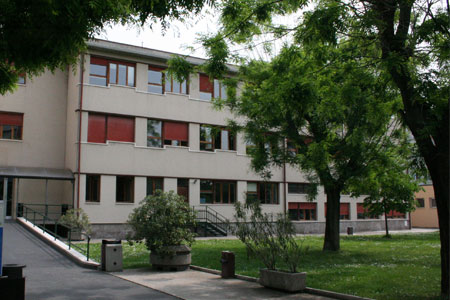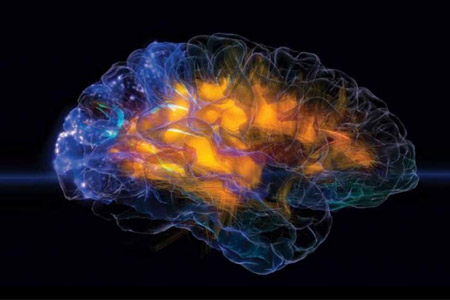Neuronal Ceroid Lipofuscinoses (NCL) are a group of neurodegenerative disorders of childhood and adult onset. They are named after the unifying pathological hallmark, i.e. the accumulation of autofluorescent lipopigment with characteristic ultrastructural features in the cytoplasm of neurons and other cell types. Thirteen NCL genes have been identified and an equivalent number of NCL forms have been considered so far. CLN1 disease (OMIM #256730) is associated with an early childhood onset phenotype and a rare adult one. Common biomarker of both phenotypes is the reduced enzyme activity of PPT1, the gene product of CLN1. PPT1 is a hydrolytic lysosomal enzyme, involved in the degradation of S-acylated proteins by removing the palmitate residues. In neurons PPT1 is also localized in nerve terminals where is involved in regulation of exo/endocytosis and synaptic vesicle recycling. It can be assumed that mutated PPT1 affects the turnover of palmitoylated proteins particularly enriched in the synaptic compartment, possibly leading to synaptic dysfunction: that can be related to the seizures and global neurological decline observed in CLN1 disease. The aim of this proposal is to highlight molecular networks in CLN1 disease, and the research question is if dysregulated synaptic proteins contribute to neuronal activity and can represent potential targets to modify epileptic natural history in CLN1 affected children. Therefore, we generate SH-SY5Y Neuroblastoma cell lines which either lack PPT1 expression or carry mutations in CLN1 (by the CRISPR/Cas9-mediated mutagenesis); we characterize the engineered cells focusing on the synaptic compartment; we perform proteomic investigations supported by bioinformatic analysis of the synaptosomal fraction with specific focus on the expression of palmitoylated proteins; we investigate the behavior of the mitochondrial compartment because of the reciprocal interplay among seizures, unbalanced ATP supply and mitochondrial dysfunction.







